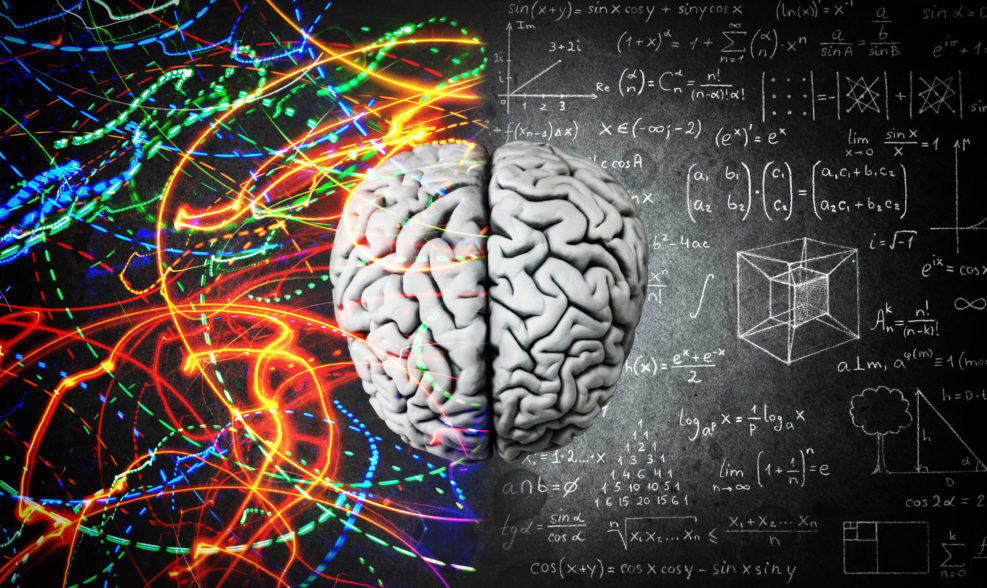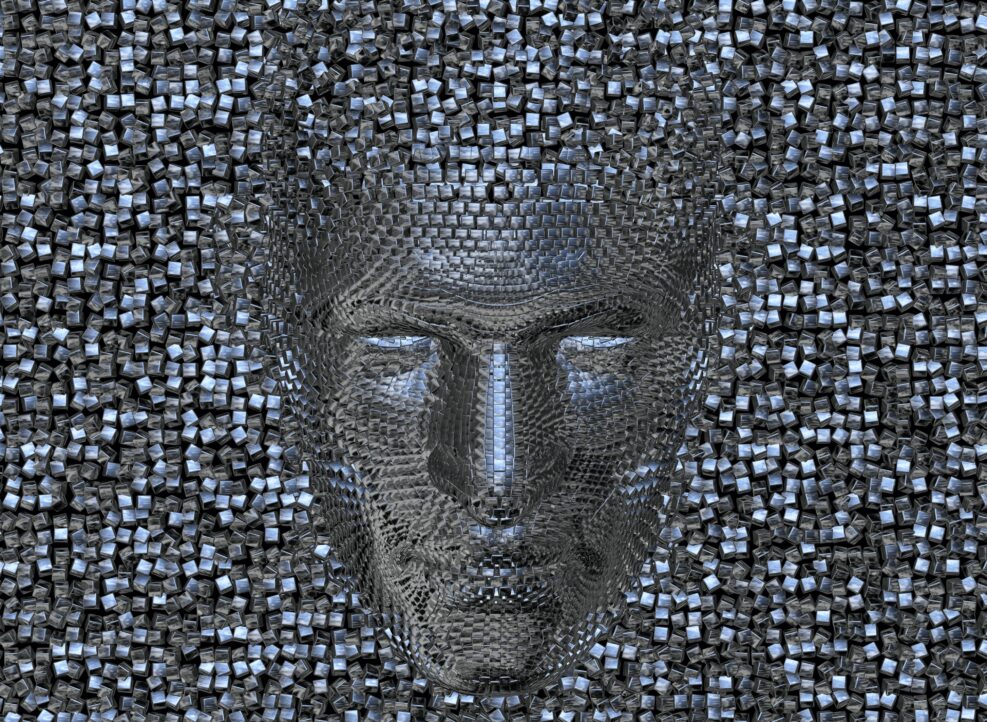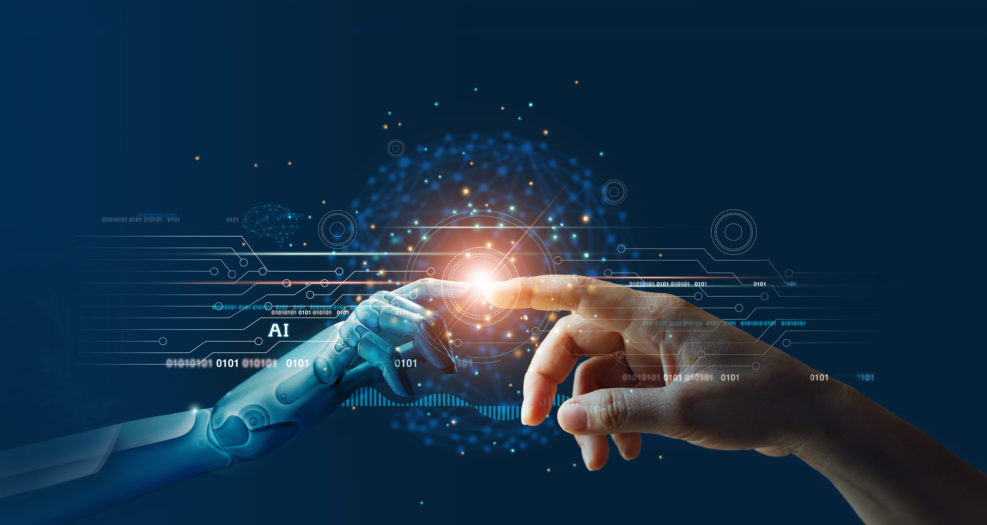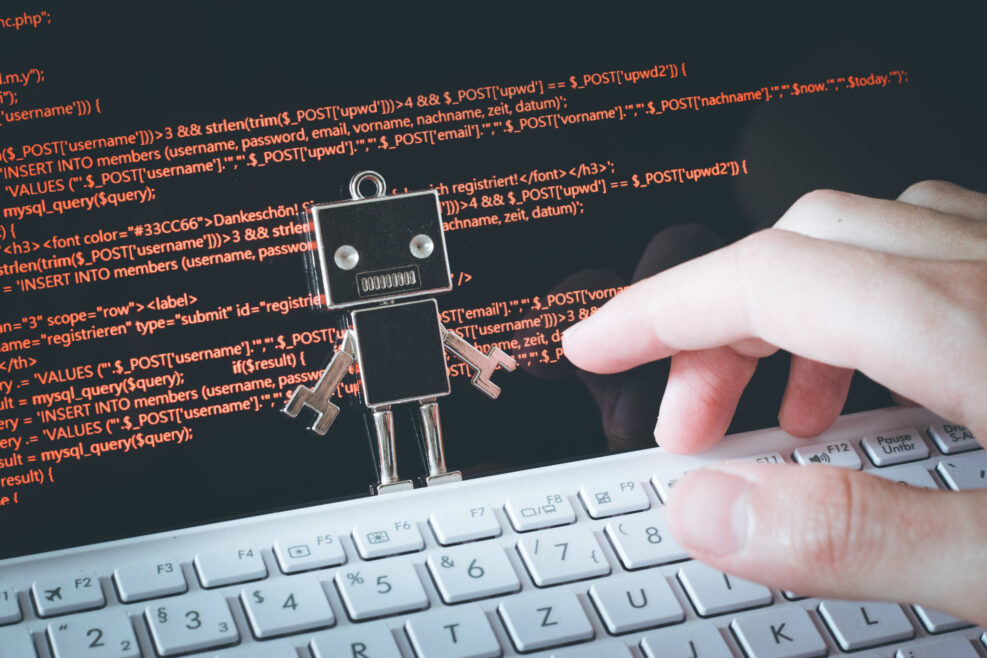
Are We Losing the Battle With Online Fraud via Deepfakes?
Now, the FBI warns, faked up “tech employees” are applying for remote work jobs with sensitive corporate dataFrom Gizmodo this week we learn that the FBI has received a number of complaints about people using “stolen information and deepfaked video and voice to apply to remote tech jobs”: According to the FBI’s announcement, more companies have been reporting people applying to jobs using video, images, or recordings that are manipulated to look and sound like somebody else. These fakers are also using personal identifiable information from other people—stolen identities—to apply to jobs at IT, programming, database, and software firms. The report noted that many of these open positions had access to sensitive customer or employee data, as well as financial and proprietary company info, implying the imposters could have a desire to steal sensitive information as well Read More ›


















